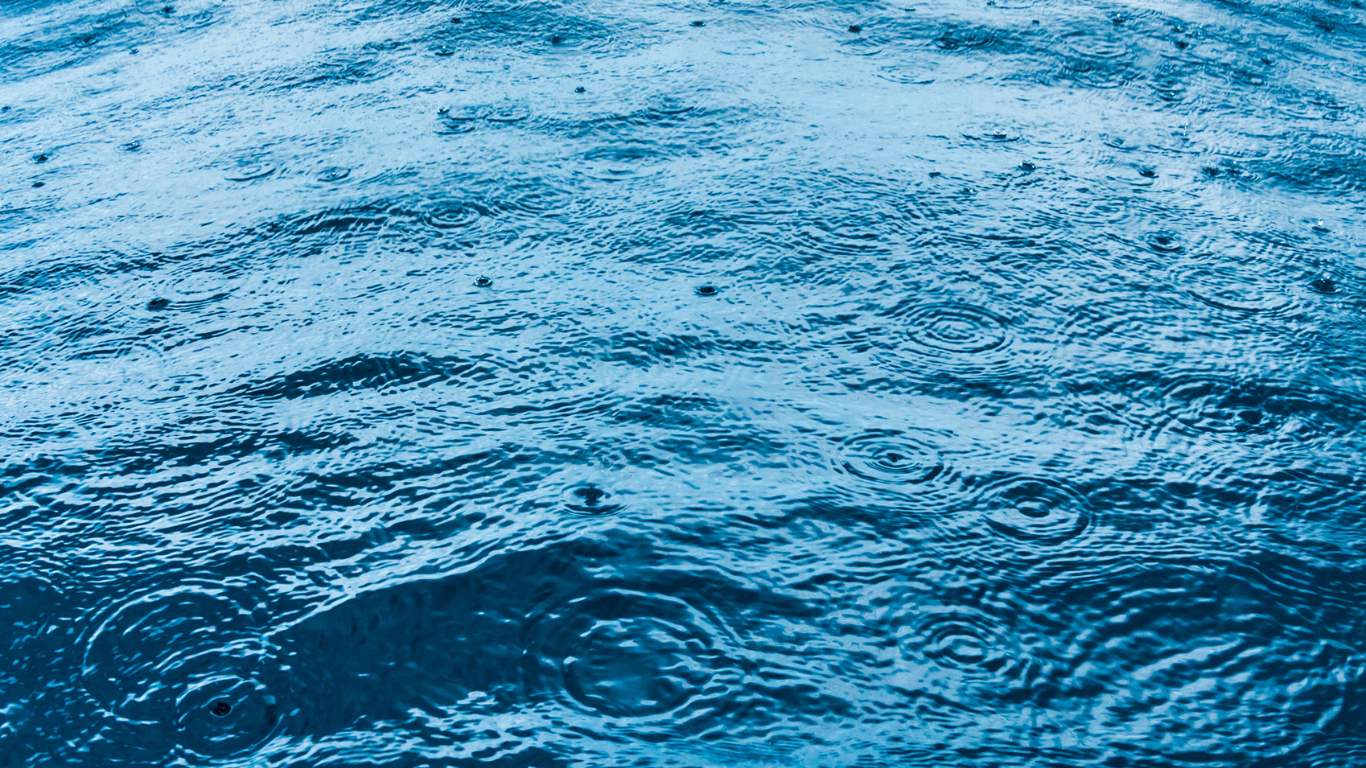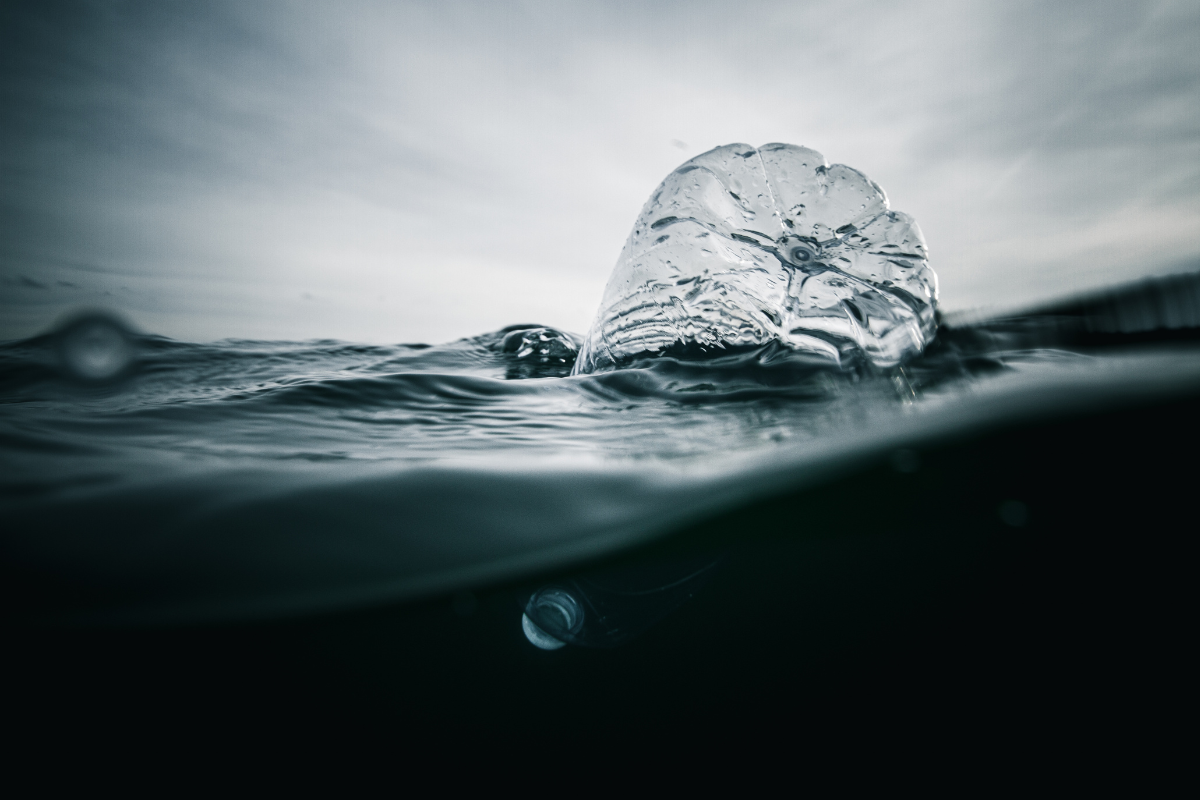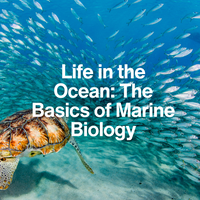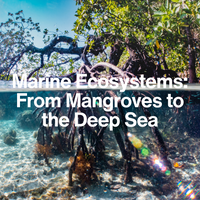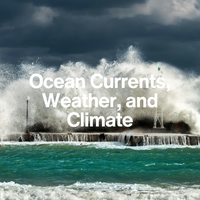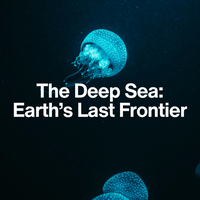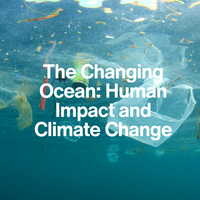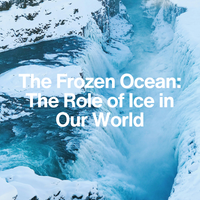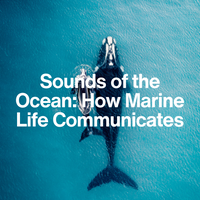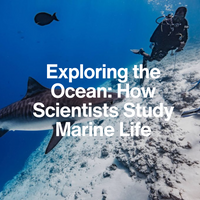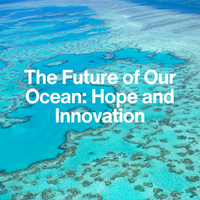LESSON 5
The Ocean’s Role in the Future of Life on Earth

Introduction:
One Ocean, One Future
Since the beginning of this series, we’ve explored everything from tide pools to tech, seagrasses to satellites. But now it’s time to step back and see the bigger picture. Because if there’s one thing we’ve learned, it’s this:
The ocean connects everything.
It’s not just a place where marine life exists—it’s the planet’s life support system. It regulates our weather, feeds billions, powers economies, and provides the very air we breathe. And it’s under pressure.
But here’s the good news: with knowledge comes power. The more we understand the ocean’s role, the more clearly we can see how much it matters—and how much hope remains.
This final lesson of Start with the Basics brings everything together. We’ll explore how the ocean shapes life on Earth, why its health is vital to our survival, and how each of us has a part to play in the story of its future.
1. The Ocean Regulates Our Climate
The ocean is the planet’s largest climate buffer.
Without the ocean, Earth would be much hotter, more extreme, and less habitable. But as the ocean absorbs more heat and carbon, it becomes warmer and more acidic—putting stress on marine life and ecosystems.
Did you know?
The Southern Ocean alone stores more heat than all the land and atmosphere combined.
2. The Ocean Feeds and Sustains Us
Protecting marine ecosystems isn’t just about saving wildlife—it’s about preserving food security, jobs, and traditional knowledge for future generations.
Did you know?
Horseshoe crab blood is used to test the safety of vaccines, including COVID-19 vaccines.
3. The Ocean as a Climate Solution
A healthy ocean doesn’t just absorb damage—it can actively help us fight climate change.
By investing in ocean protection and restoration, we’re not just healing ecosystems—we’re building climate resilience for the whole planet.
4. Why the Ocean Needs Us Now
Despite its power and size, the ocean is vulnerable.
But we have the tools—and the momentum—to turn things around.
Global movements like 30x30, sustainable blue economies, Indigenous stewardship, youth climate activism, and innovation in conservation are creating real change.
This isn’t just about what’s happening to the ocean—it’s about what we choose to do next.
Conclusion
A New Wave Begins
You’ve now travelled across tides, trenches, and transformations. You’ve learned how whales communicate in sound, how scientists tag sea turtles from space, how coral can be regrown, and how communities are rising up to protect what they love.
But this isn’t the end.
It’s the beginning of something more powerful: awareness—the kind that leads to action.
The truth is, the ocean’s future is being written right now, and it’s being written by us. In classrooms, in boardrooms, on beaches, and through everyday choices. Whether you’re wearing a recycled fleece, teaching a younger sibling about sea turtles, or speaking up for change, you’re already part of it.
So take what you’ve learned and turn it into something that lasts. Share it. Build on it. Be the wave that carries others forward.
Because the ocean isn’t just part of our planet—it’s part of our purpose. And its story is far from over.
Key Takeaways:
The ocean stabilises our climate, produces oxygen, and absorbs carbon and heat.
It supports food security, medicine, culture, and global economies.
Healthy marine ecosystems offer climate solutions, from carbon storage to storm protection.
Protecting the ocean is essential to the future of life on Earth—and we all have a role to play.
What's next?
You’ve reached the end of Start with the Basics—but your ocean journey is just beginning.





